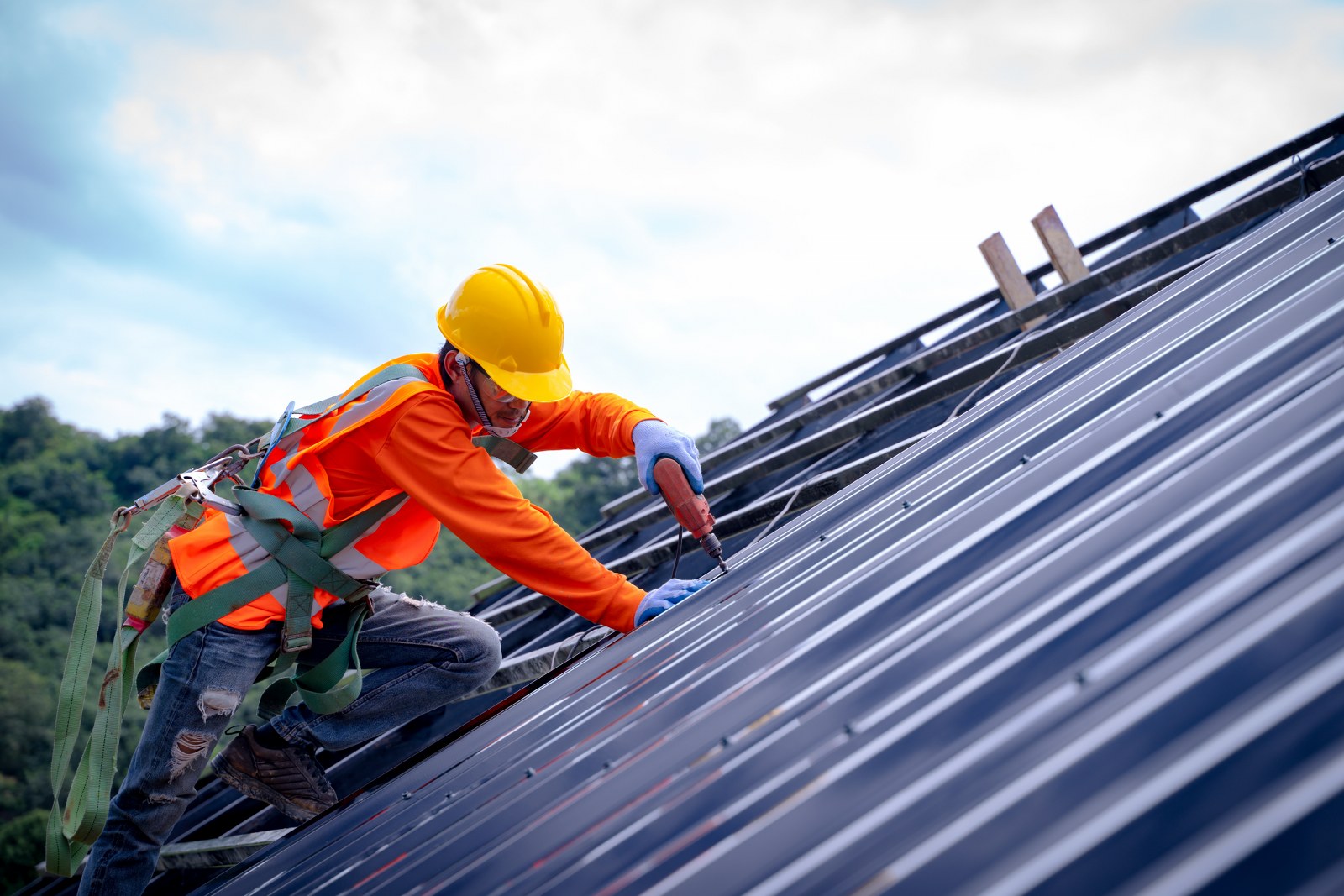
Flashing plays a crucial role in maintaining the integrity of your roof and preventing leaks. This often-overlooked component is essential for directing water away from vulnerable areas, such as joints, seams, and transitions between different roof surfaces Flat Roofing Systems. Understanding the importance of flashing and how it functions can help homeowners appreciate its value in roof maintenance and leak prevention. Here’s a comprehensive look at flashing, its types, installation, and maintenance.
- What is Flashing?
Flashing is a thin material, typically made of metal or plastic, installed to protect specific areas of a roof from water infiltration. It is commonly used around chimneys, vents, skylights, and along roof valleys. The primary purpose of flashing is to redirect water away from critical points where it could enter the building. Properly installed flashing acts as a barrier, ensuring that water flows off the roof and into the gutters instead of seeping into the structure below. - Types of Flashing
There are several types of flashing, each serving a specific purpose in protecting your roof. Step flashing is used around chimneys and walls, overlapping each piece to create a watertight seal. Continuous flashing runs along the length of a wall or roof edge, providing a consistent barrier against water. Valley flashing is installed in roof valleys, where two slopes meet, to prevent water from pooling and leaking through. Vent flashing is designed for roof vents and pipes, ensuring that water doesn’t penetrate around these protrusions. Understanding these types can help homeowners identify areas that may require flashing during roof installation or repair. - Proper Installation
The effectiveness of flashing largely depends on its proper installation. If not installed correctly, flashing can become a weak point in your roof, leading to leaks and water damage. When installing flashing, it’s essential to ensure that it overlaps appropriately and is securely fastened. Proper sealing with roofing cement or caulk is also crucial to prevent water from seeping beneath the flashing. Homeowners should consult with a qualified roofing professional to ensure that flashing is installed according to industry standards and best practices. - Signs of Flashing Failure
Over time, flashing can deteriorate due to exposure to the elements, leading to potential leaks. Homeowners should be vigilant for signs of flashing failure, such as water stains on ceilings or walls, peeling paint, or damp spots in attics. Rust or corrosion on metal flashing can also indicate a problem. If you notice any of these signs, it’s essential to address them promptly. Ignoring flashing issues can lead to more extensive damage, requiring costly repairs and possibly even a full roof replacement. - Maintenance and Inspection
Regular maintenance and inspection of flashing are critical to preventing leaks and prolonging the life of your roof. Homeowners should include flashing in their routine roof inspections, especially after severe weather events. Checking for loose or damaged flashing, as well as signs of wear, can help identify problems before they escalate. If any issues are found, it’s essential to consult with a roofing professional for repairs or replacements to maintain the effectiveness of your roof. - Conclusion
Flashing is an integral part of any roofing system, serving as the first line of defense against leaks and water damage. By understanding the importance of flashing, its various types, and the necessity of proper installation and maintenance, homeowners can take proactive steps to protect their roofs. Regular inspections and prompt repairs will not only help prevent costly damage but also extend the lifespan of your roof. Investing time and resources into maintaining flashing is a small but crucial step in ensuring the integrity and safety of your home. Remember, a well-protected roof contributes significantly to your home’s overall value and your peace of mind.
